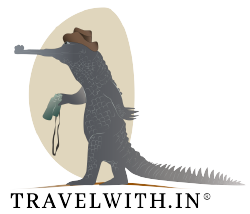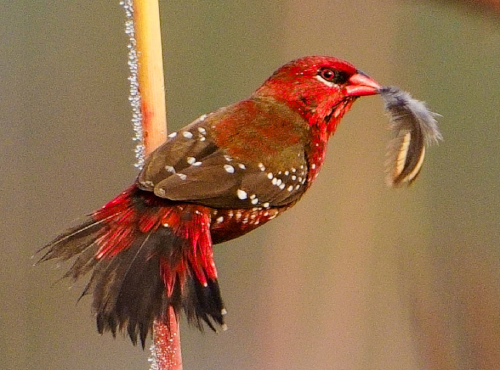Looking to get away from your stressful city life? If yes, then come visit Kota in Rajasthan for a three night (or longer) stay. Kota is 3 hour drive from Jaipur and with the new Delhi – Mumbai expressway, approximately 6 hours. You can also get to Kota by train as it is well connected with all major cities in India.
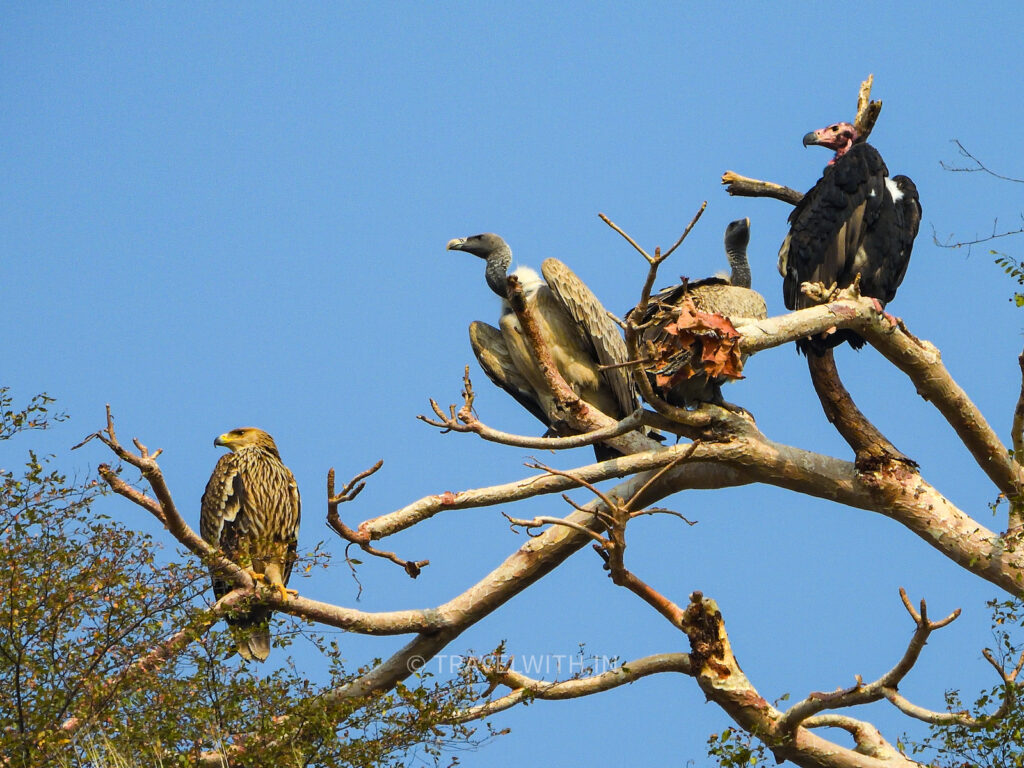
Indian Vulture, Red-headed Vulture and Greater Imperial Eagle
Many ask, what’s so wild about Kota? The city has a reputation nation wide as a mecca for students preparing for engineering, computer science and medical university entrance exams. It is believed that over 200,000 students join one of many coaching centers in Kota annually. As such a huge part of the city’s annual revenue is generated from the education sector and several other ancillary services directly and indirectly related to it. Other than coaching centers, Kota is well known for it’s limestone mines from which thousands of tonnes of Kota stone is mined annually.
So yes, it comes as a surprise to many when we talk about Kota and it’s wild side. Little do people know that along the city flows the Chambal and despite all the mining and the bustling population there are large tracts of forests and gorges along the river teeming with wildlife. Yes, this is the same Chambal but much further upstream from where we do our river safari near Agra.
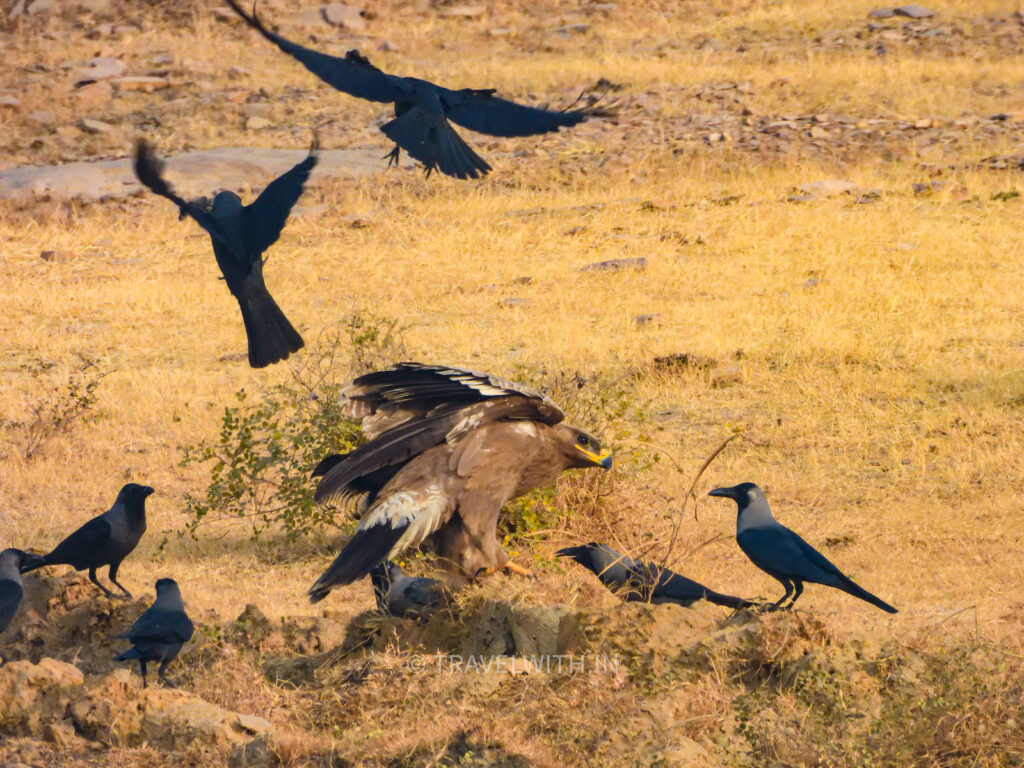
Steppe Eagle Mobbed by Crows
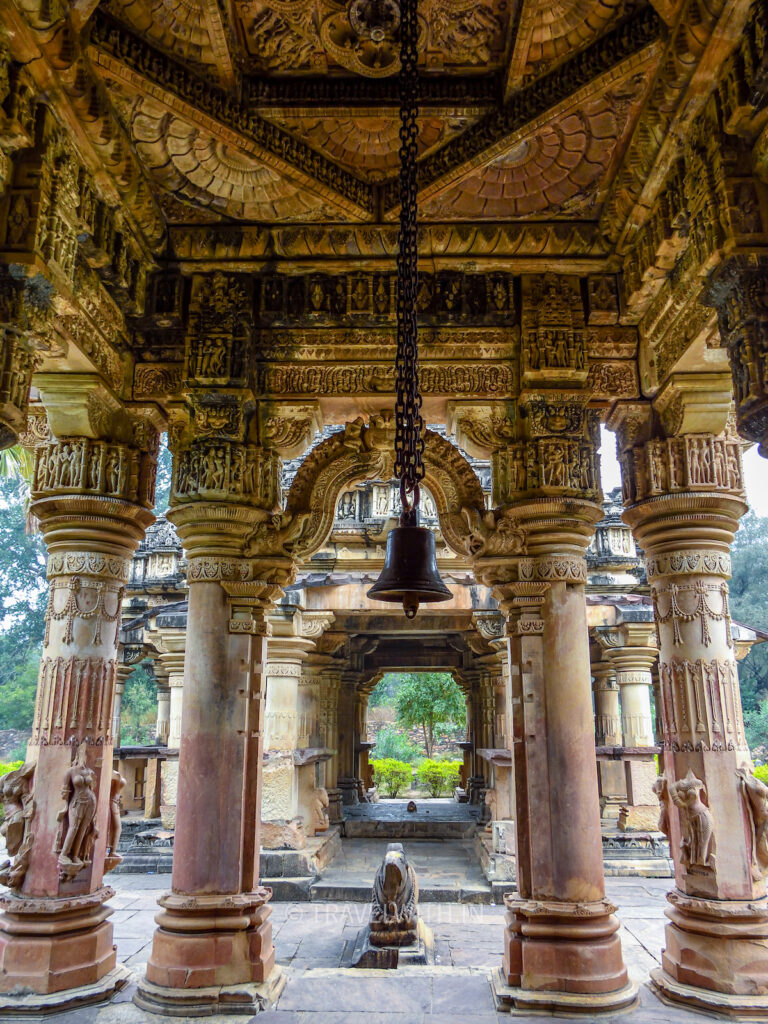
Baroli or Badoli Temples near Kota
Then there is also stunning ancient built history which unlike other cities in Rajasthan is not in the limelight akin to the city’s natural history. Kota’s palaces, ancient temples, museums, heritage hotels, the Chambal river, flora and fauna are to the most part overshadowed by the city’s main revenue sources – coaching centers and stone quarries.
It is without any doubt that Kota is the underdog when it comes to tourism in Rajasthan. It’s natural and historical heritage has unfortunately not received the due recognition that it rightly deserves. When exploring Kota it’s likely that you will be the only ones touring the attraction. If you’ve done the Jaipurs, Udaipurs and Jodhpurs, definitely mark Kota in your must visit places in Rajasthan.
Recommended Itinerary (can be customized)
Day 1: Depart from Jaipur or Delhi early morning either by train or car. Pick up from the train station can be organized. You can also fly in to Jaipur and then a taxi to Kota can be organzied as well. Check in, explore the hotel and depending on the time of the day you arrive, we can get you out and about in Kota in no time.
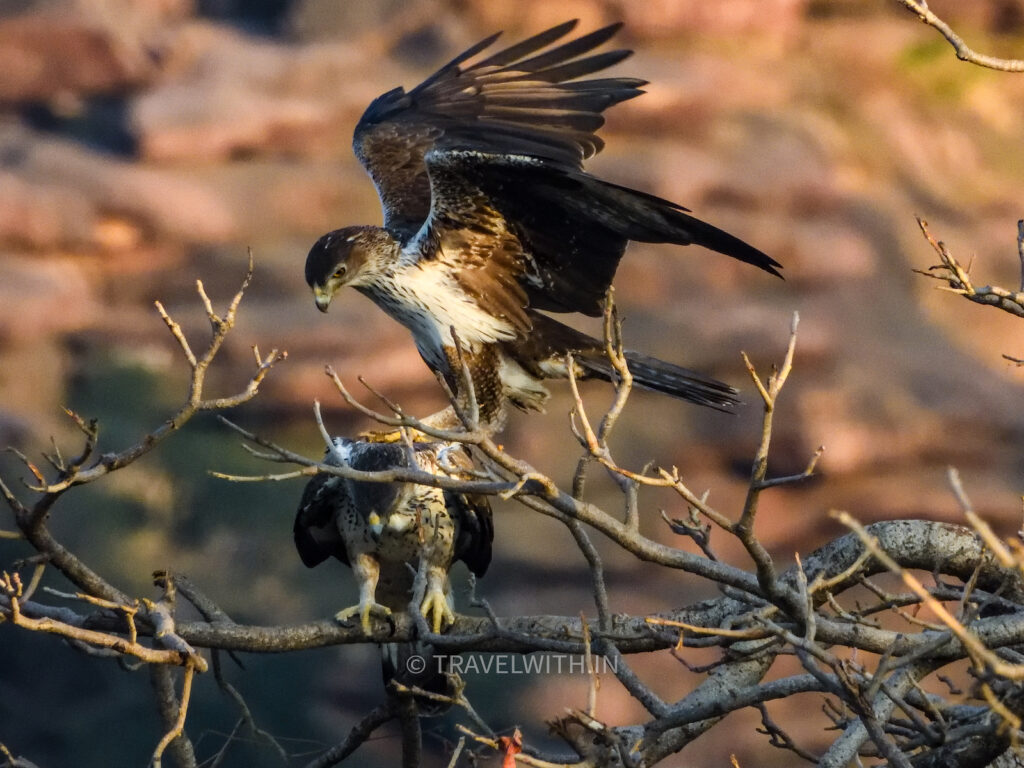
Mating Pair of Bonelli’s Eagles
Leopard near Garadia Mahadev Kota
Day 2: Camera check? Binoculars check? Today we take you on an adventure filled trip on one of India’s cleanest river eco-systems – the Chambal River. In motor boats with life jackets you will be accompanied by experienced naturalists who know the river and the flora and fauna well. Safaris are normally in the morning or in the afternoon and depend on fog/mist on the river in the winter months.
During the safari we may see marsh crocodiles, several species of birds including critically endangered vultures, several species of birds of prey including the fastest bird in the world – the Peregrine Falcon, large owl species such as the Dusky and Indian Eagle and the Brown Fish owl, kingfishers, migratory waders and if you’re lucky perhaps even the smooth-coated otter, sloth bear and leopard.
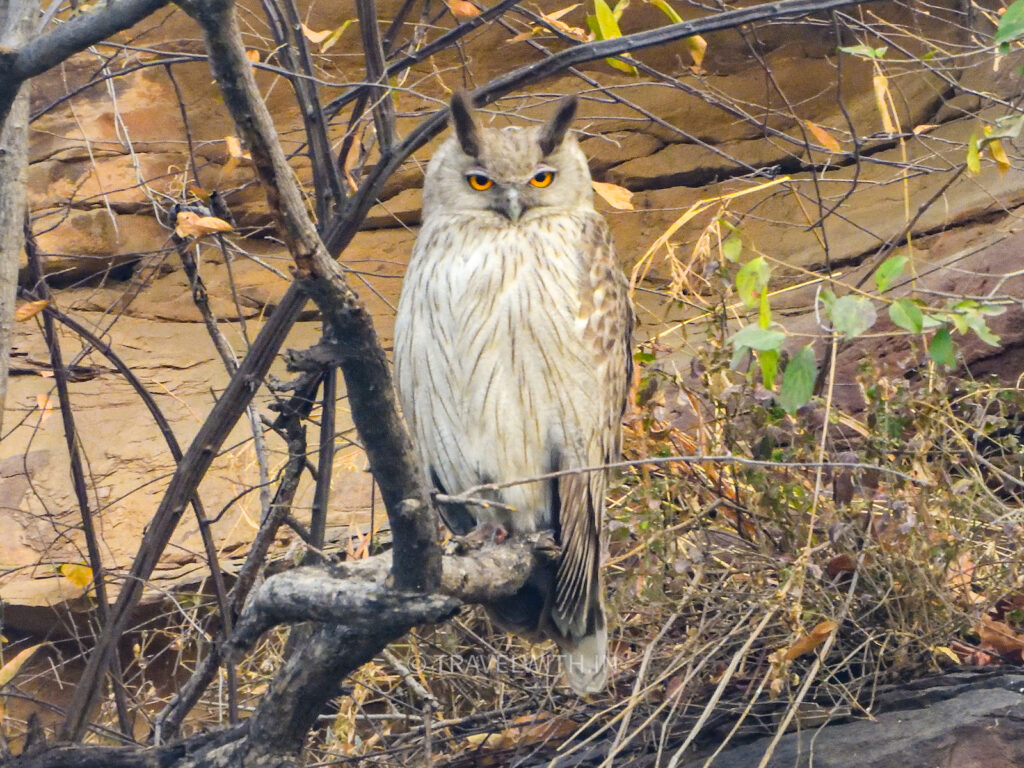
Dusky Eagle Owl, Chambal River
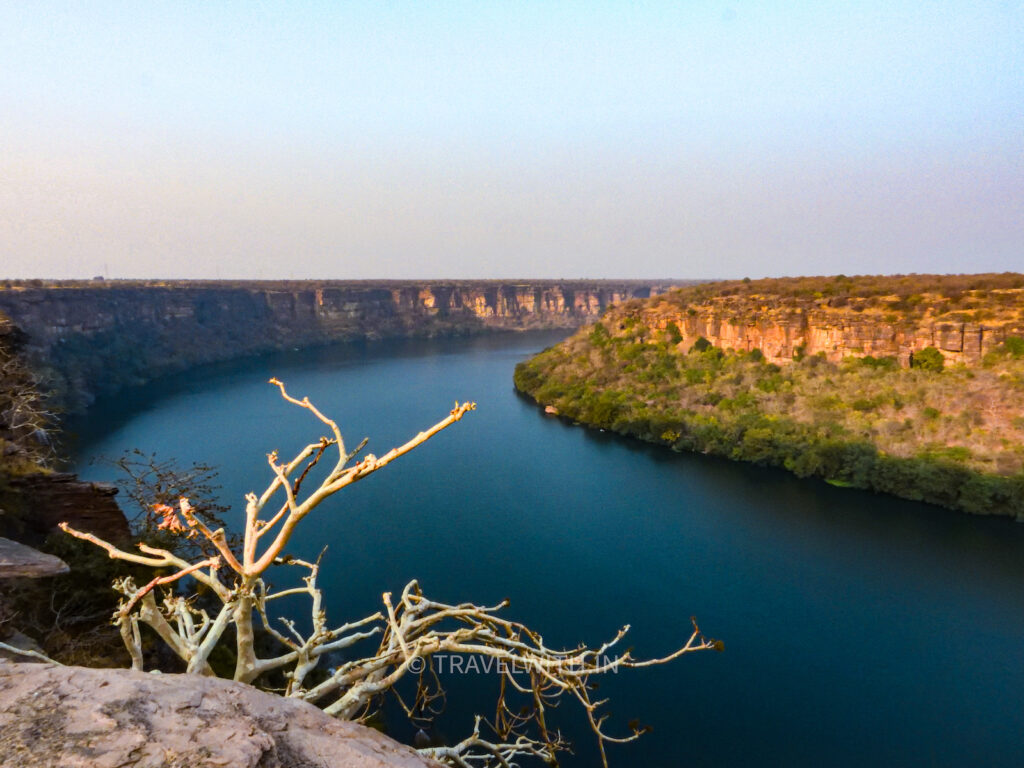
Chambal River near Kota
Post lunch (we can also arrange for a picnic lunch), we drive to Garadia Mahadev temple. Inside a protected forest entry to the Temple and the surrounding forest is given by the Forest department from dawn to dusk. Be prepared to be in (shock and) awe when you see the mighty Chambal river and it’s deep forested gorges. The horse-shoe bend in the river was made famous in a commercial by the Rajasthan Tourism Board a few years ago. Apart from vultures and other birds of prey soaring high above the river (but at eye level with you), the caves and crevices in the steep rocky gorges are home to painted spurfowls, leopards, sloth bears and other wildlife. By the time we make our way back to Kota, it will be sunset. Rest, relax, bonfire (season specific) and dinner at the hotel.
Day 3: After breakfast, we explore on foot Kota’s lesser known built heritage – both it’s Colonial past and the Rajput history. Many think of Kota as a sprawling urban city but little do they know that the city has a rich history and most of it is well preserved and worth visiting. During the walk, we can also take you to sample some of the street food that Kota is known for such as kachoris and jalebis in milk.

Kota Old City Heritage Walk
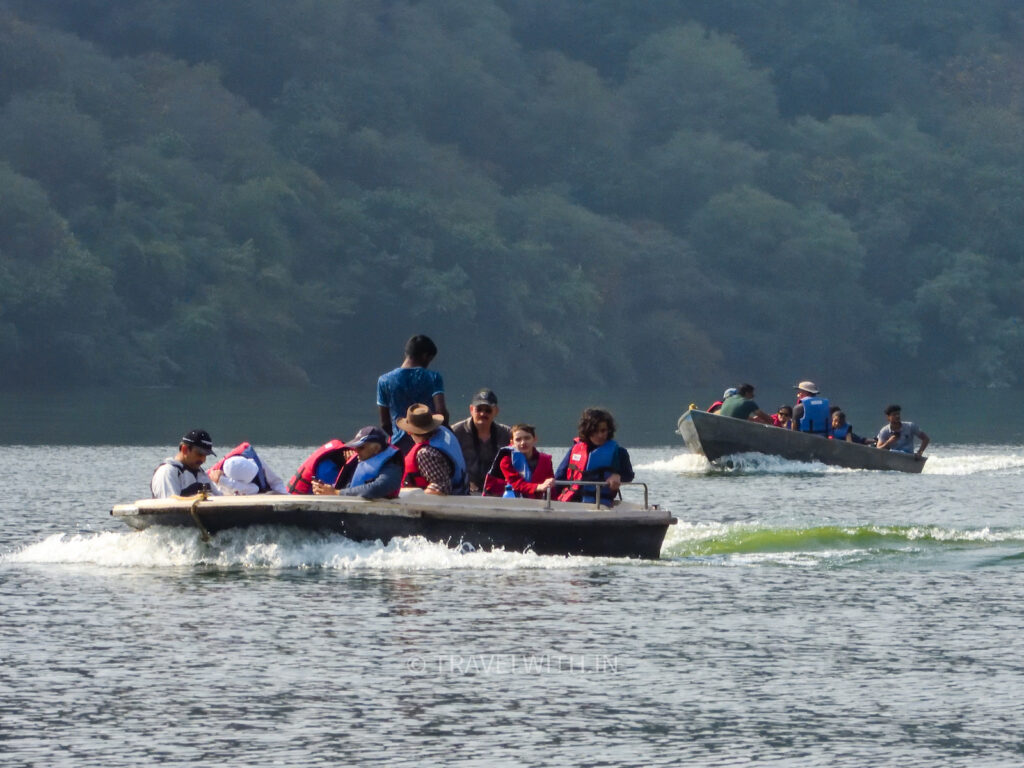
Boat safari on the Chambal River
Post lunch, we do another river safari but this time upstream from Jawahar Sagar dam one of four dams built on the Chambal river. The stretch of river you will do the river safari on passes through the recently declared Mukundra Hills Tiger Reserve (MHTR). MHTR is Rajasthan’s third tiger reserve and tigers from Ranthambore National Park have been relocated here.
Unfortunately, in 2020 a male and female tigress (with cubs) were found dead and the following year yet another male tiger died in the Park. Currently, there is only one tigress but there are plans to relocate additional tigers from Ranthambore. Peaceful, pristine and dense forests on both sides of the river will leave you in awe that such green spaces exist in Rajasthan. Back to Kota by sunset, bonfire (season specific) and dinner.
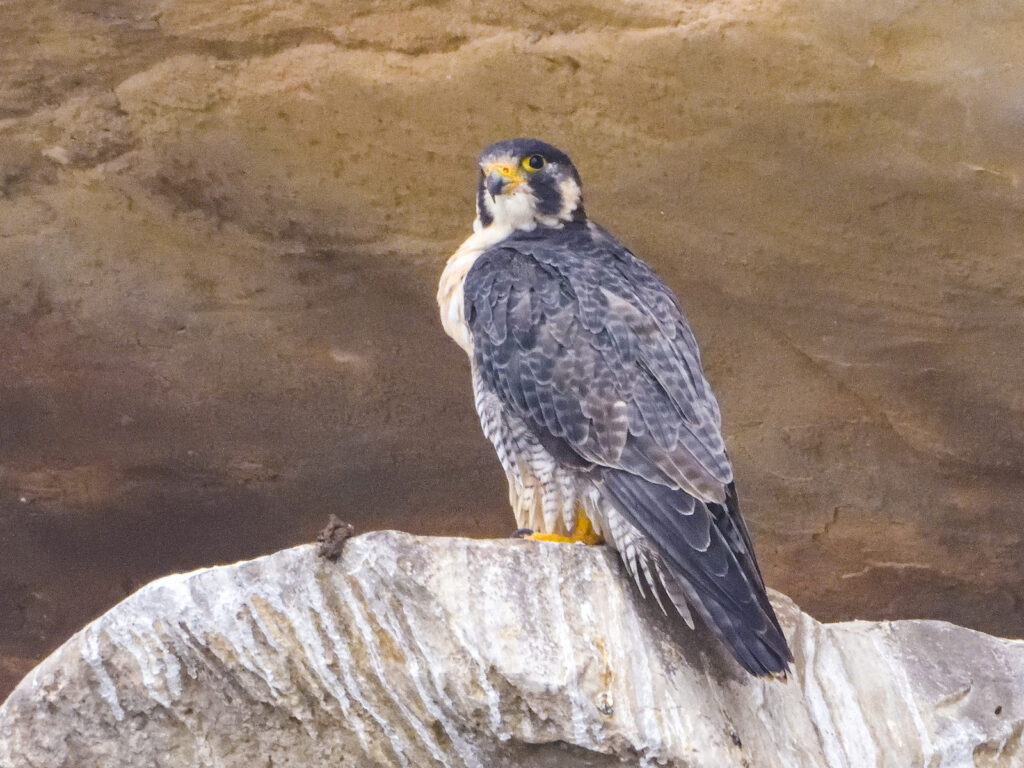
Peregrine Falcon on the Chambal River
Otters on the Chambal River
Day 4: Check-out after breakfast for your onward journey.
Add on destinations:
• Kota Doria Weaver Village Walk: Discover why Kota is famous for it’s saris. Meet the artisans and the history behind this renowned art of doria saris.
• Day trip to historic Bundi
• Visit the stunning 9th – 10th century ancient Hindu temples in Baroli or Badoli.
• Jhalawar: visit the famous yet little known Gagron Fort, a UNESCO World Heritage Site, an ancient Jain and Sun temple and a heritage walking tour of life in the old streets of off-beat Jhalawar.
Please Note:
• There is no guarantee that you will see the above wildlife. The river and / or sanctuary is their habitat and sightings depend on water level in the river, human interference, climatic conditions, weather and other factors, migratory pattern of birds, most of which are beyond your and my control. I will do my best to show you all there is to see.
• The itinerary may need to be altered due to weather and other factors. We will cover as much as possible during your time in Kota.
• What to carry during the safari: photo identification, camera, binoculars, warm jacket (in the winter), backpack, sun glasses, cap, vizer, sun block, some cash, and drinking water.
• Smoking and drinking alcohol is strictly not permitted in National Parks and Wildlife Sanctuaries.
• To prevent disturbing the wildlife, we do not recommend the use of call playback to bring birds out in the open, feeding or baiting of wildlife or getting to close to them.
